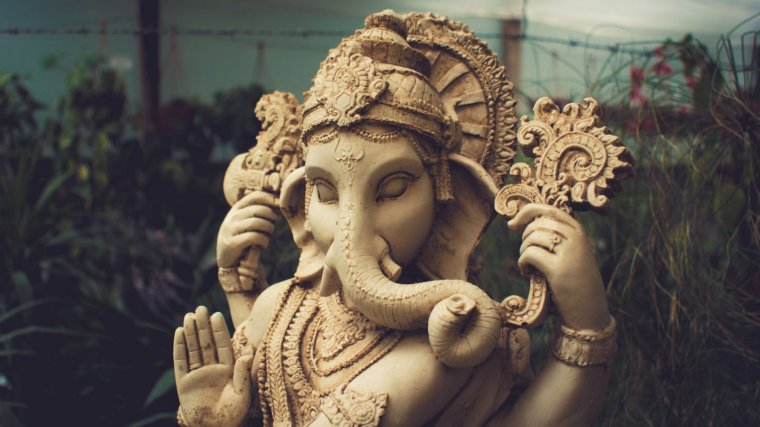Suriname according to Hofstede's model
Do these scores shock you?
It is really impresionant that Suriname people with the lot of culture and how talkative and open minded they are they only have 47 points in individualism. Also it shocked me that they have 0 points in indulgece, I mean, I thought that they were very united people but after all the differences in religion affect in a whole way their relationship. Finally I did not expect they do not have not even a point in long term orientation, this means they do not have expectations of the future.
How do they compare with Colombia?
Power distance and uncertainty avoidance are not too far in these cases. Colombia is 67 and 80 and Suriname is 85 and 92, respectively. In contrast talking about Individualism Colombia is only 13 while Suriname is 47. Colombian people are very visionary, because they do not focus on the bad things that other people do to them while Suriname are very indulgent. Also in Colombia they have 63 in Masculinity and in Suriname they are only 24.

Power distance and uncertainty avoidance are not too far in these cases. Colombia is 67 and 80 and Suriname is 85 and 92, respectively. In contrast talking about Individualism Colombia is only 13 while Suriname is 47. Colombian people are very visionary, because they do not focus on the bad things that other people do to them while Suriname are very indulgent. Also in Colombia they have 63 in Masculinity and in Suriname they are only 24.
Subculture in Suriname
- Sranan culture
The language sranan tongo, which is an amalgam developed by the former slaves, mixing Dutch and English in a grammar based on African language, 19 has in turn a great diffusion as a second language (37% of the population).
- Hinduist
dvdsfsdfsdfdsfdsfsd
Suriname is home of a great diversity of creeds and ethnic groups. Its constitution establishes freedom of worship. According to recent data, 40.7% of its population is Christian, including Catholics as well as Protestant groups including Moravians, Lutherans, Dutch Reformed, Evangelicals, Baptists, and Methodists.21 For its part, 20% are Hindu, 13.5% are Muslim, 3.3% belong to indigenous religions, and 15% declare no religion
- Kaseko

The kaseko is a musical genre originating in Suriname, which originated during the 40s. It fuses European, American, African and indigenous styles. The word "kaseko" apparently derives from the expression "casser le corps", breaking the body, as a reference to the energetic popular dances during slavery. The kaseko is related to other local styles such as kawina and how the latter uses the style of call and response accompanied by complex rhythms, usually including drums, saxophone, trumpets, trombones and numerous choirs. This genre evolved from the Bigi Pokoe, which was already performed in 1930 in festivals heavily influenced by jazz, samba, calypso and rock and roll.
It became popular in the mid-70s when it was taken to the Netherlands by expatriate Surinamese


Comentarios
Publicar un comentario